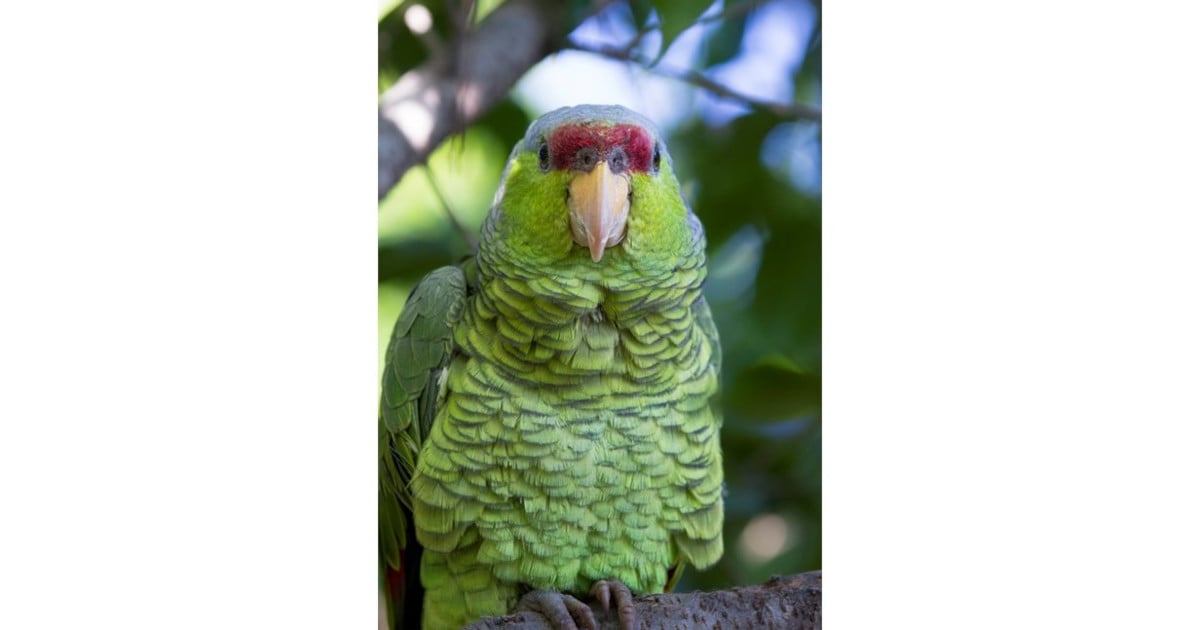Ecology and Conservation of Parrots
A special issue of Diversity (ISSN 1424-2818). This special issue belongs to the section "Animal Diversity".
Deadline for manuscript submissions: 15 May 2024 | Viewed by 4193

Image courtesy of Leopoldo D. Vázquez Reyes/BioPic-AMFC
Special Issue Editors
Interests: avian ecology conservation
Interests: bird ecology; hummingbirds
Special Issue Information
Dear Colleagues:
We invite you to submit your studies to this Special Issue of Diversity, The Ecology and Conservation of Parrots. Submissions investigating members of the order Psittaciformes, e.g., true parrots, macaws, cockatoos, parrotlets, and parakeets, are welcome. Reviews, communications, and research articles will all be considered. Those ecological studies focused on social interactions, seasonal migrations, diet, habitat use, poaching, and the loss and fragmentation of habitats, as well as those that utilized phylogenetics and population genetics as perspectives for conservation, are of particular interest.
Most psittaciforms are native to tropical and subtropical regions of America, Africa, Australia, and New Zealand. These birds have been strongly impacted by habitat loss and illegal trade. Some species are extinct, while others have seen their populations severely diminished and their geographic distribution restricted to the remnants of their natural habitats.
We are pleased to invite you to contribute to this Special Issue, which will gather true alternatives for the conservation of psittaciforms.
Dr. Sofia Solórzano
Dr. Maria Del Coro Arizmendi
Guest Editors
Manuscript Submission Information
Manuscripts should be submitted online at www.mdpi.com by registering and logging in to this website. Once you are registered, click here to go to the submission form. Manuscripts can be submitted until the deadline. All submissions that pass pre-check are peer-reviewed. Accepted papers will be published continuously in the journal (as soon as accepted) and will be listed together on the special issue website. Research articles, review articles as well as short communications are invited. For planned papers, a title and short abstract (about 100 words) can be sent to the Editorial Office for announcement on this website.
Submitted manuscripts should not have been published previously, nor be under consideration for publication elsewhere (except conference proceedings papers). All manuscripts are thoroughly refereed through a single-blind peer-review process. A guide for authors and other relevant information for submission of manuscripts is available on the Instructions for Authors page. Diversity is an international peer-reviewed open access monthly journal published by MDPI.
Please visit the Instructions for Authors page before submitting a manuscript. The Article Processing Charge (APC) for publication in this open access journal is 2600 CHF (Swiss Francs). Submitted papers should be well formatted and use good English. Authors may use MDPI's English editing service prior to publication or during author revisions.
Keywords
- habitats and parrots conservation
- parrots ecology
- parrots demography
- parrot feeding ecology
- genetics and phylogenetics of parrots
- social interactions and behavior of parrots





